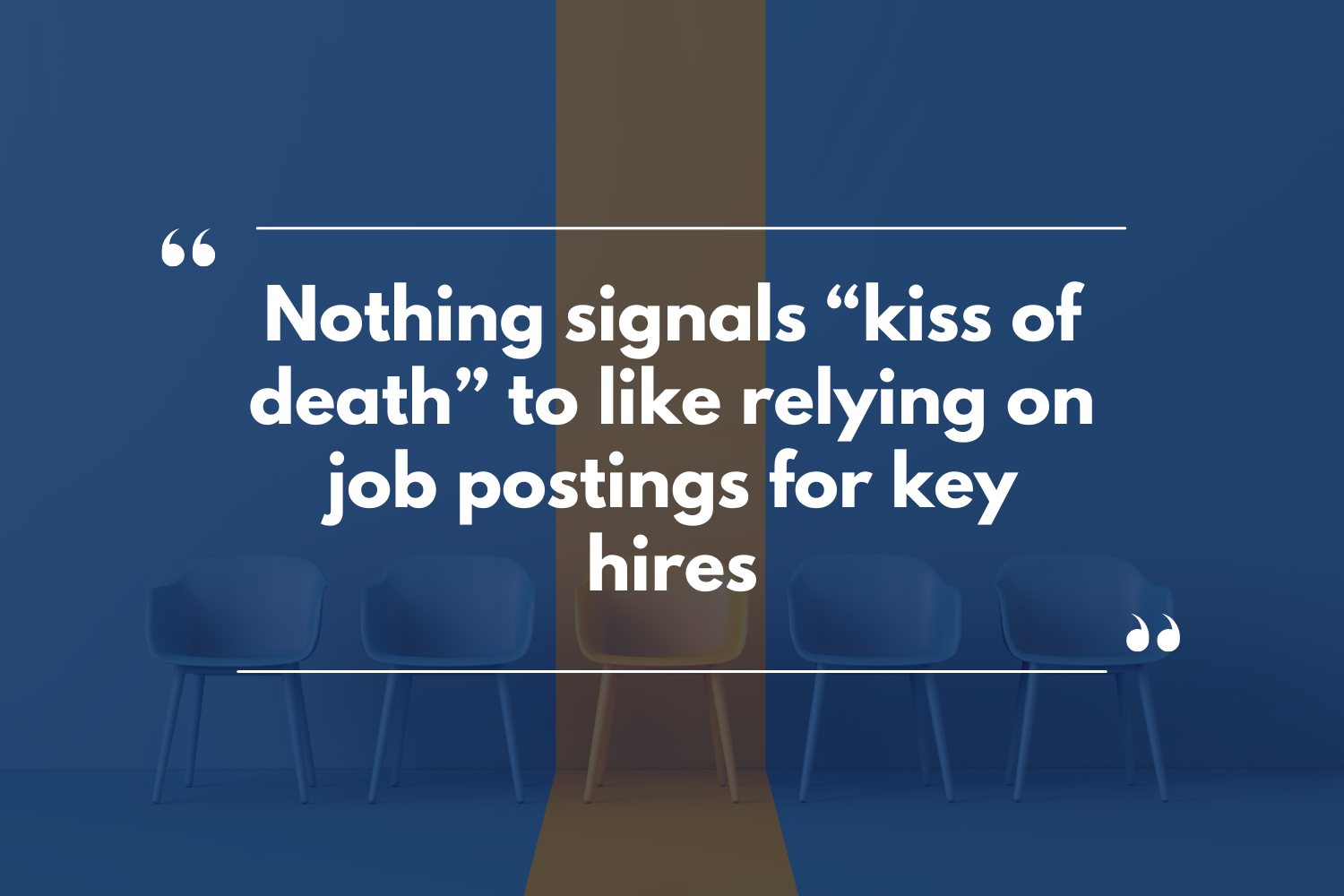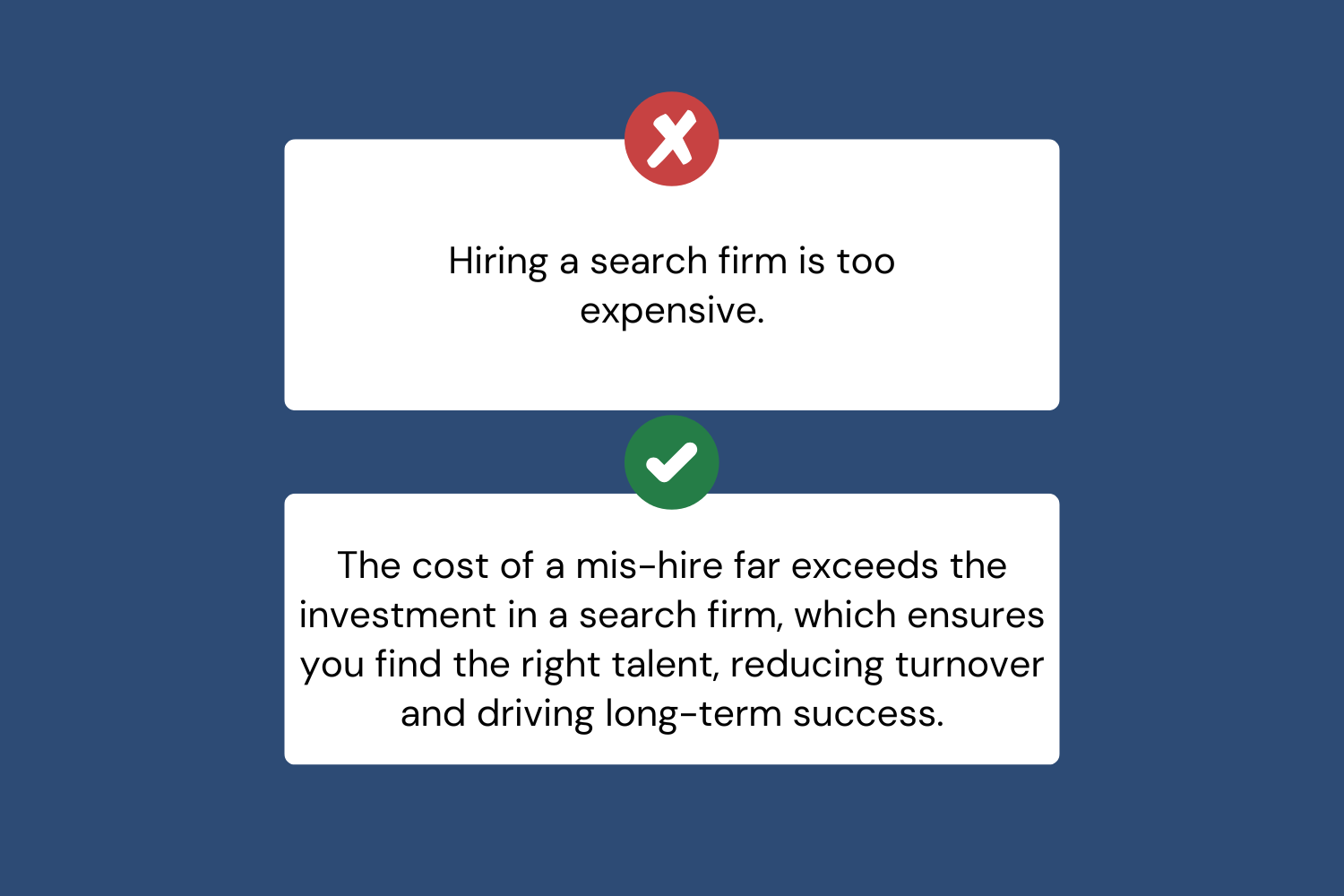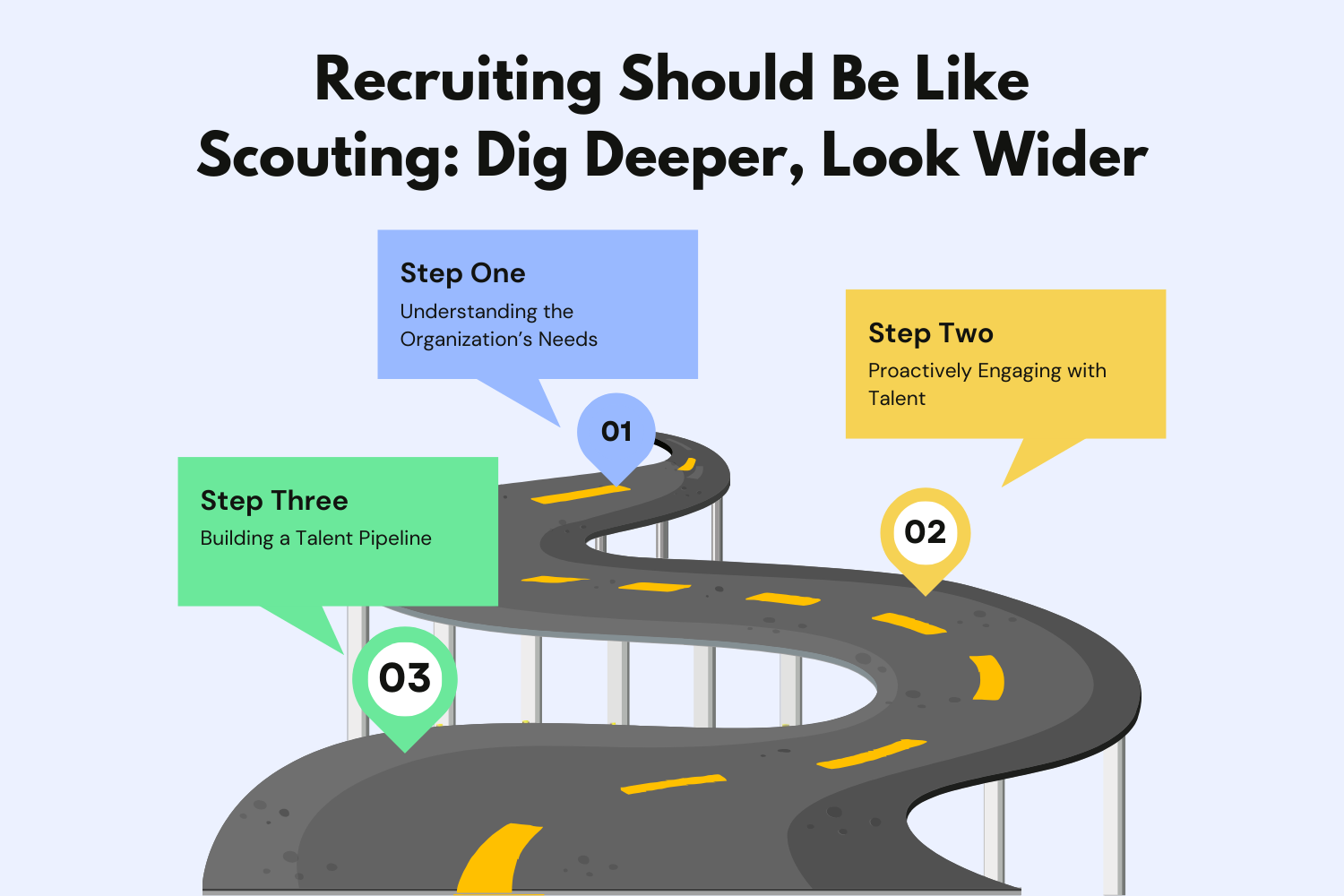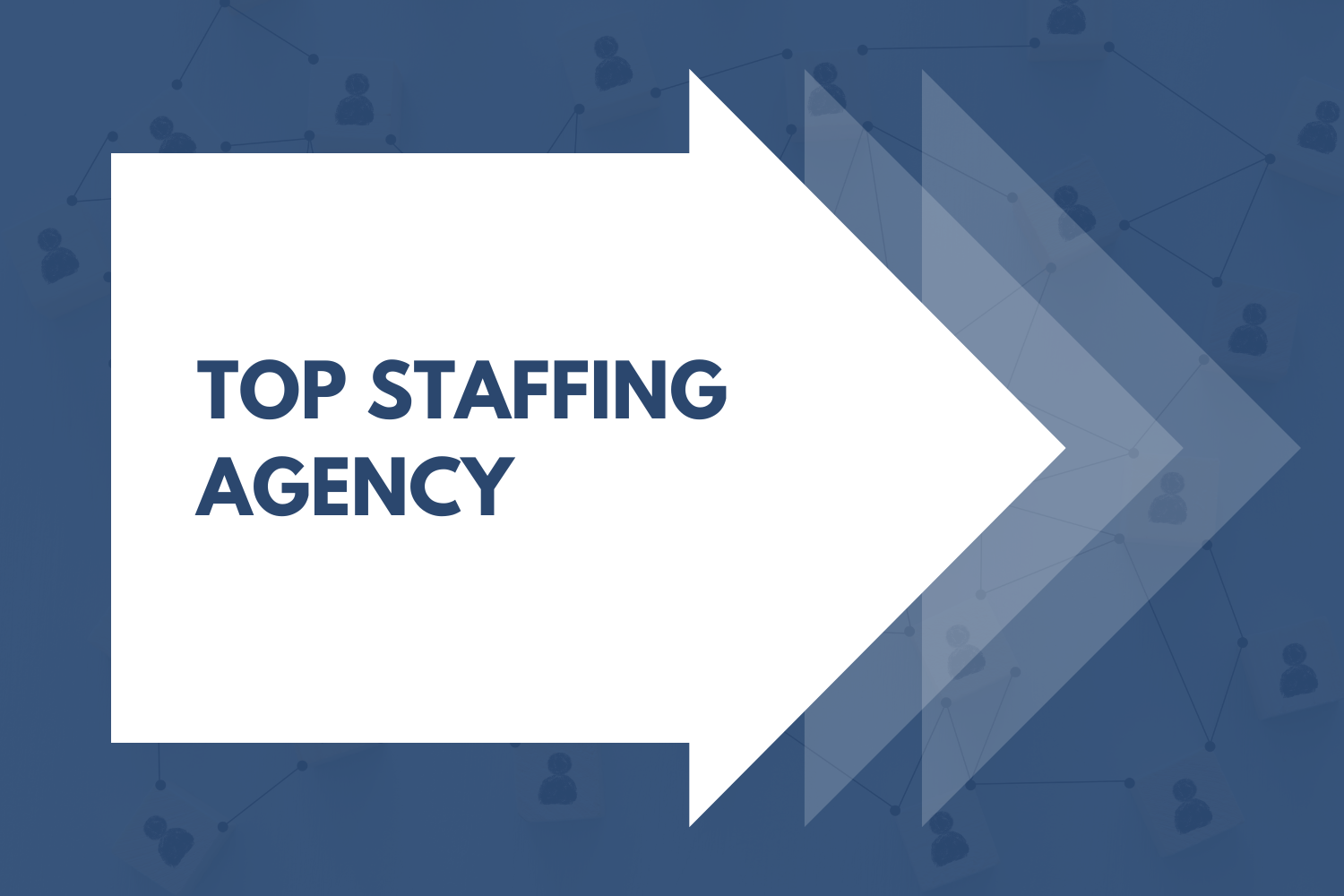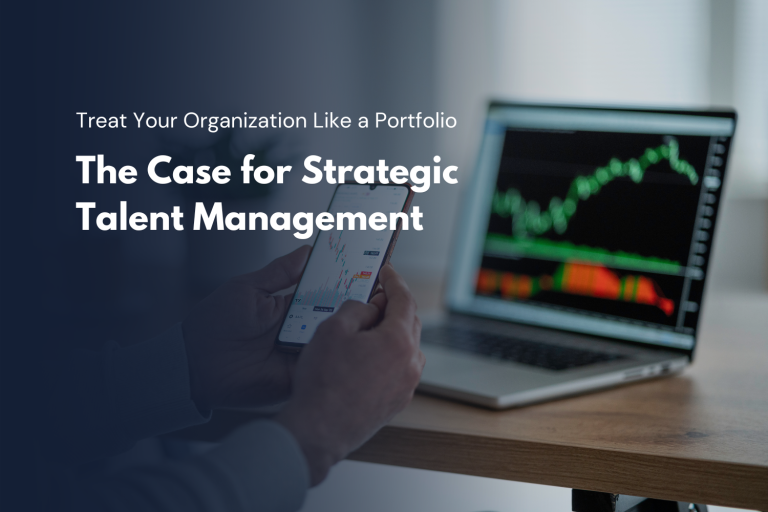
Managing an organization is a lot like managing an investment portfolio. Just as investors regularly rebalance their portfolios, assess risks, and optimize for returns, leaders should take a similar approach to organizational design and talent management. This mindset ensures that your company remains agile, competitive, and resilient in the face of market changes and internal challenges.
In investment terms, you wouldn’t let your portfolio stagnate or hold onto assets that are underperforming. Similarly, in business, you should be regularly evaluating your team, reallocating resources, and making strategic changes to maintain a high-performing organization. Here’s how these investment strategies translate into organizational practices:
- Rebalance Regularly: Just as you would rebalance your portfolio to adjust for changes in market conditions, your company should continually assess its leadership and workforce to adapt to evolving business needs. This might involve shifting responsibilities, promoting high-potential employees, or reorganizing teams to better align with strategic priorities.
- Diversify Your Talent: A diversified portfolio reduces risk, and the same goes for your talent pool. Make sure your leadership team and key roles have a mix of skills, backgrounds, and perspectives. Diversity fosters innovation and makes your organization more adaptable to change.
- Sell Your Sinkers: Don’t hold onto roles or individuals who are no longer contributing to the growth or efficiency of the organization. It can be difficult, but making tough calls is essential for maintaining a high-performing team.
- Invest in Your Winners: Identify and nurture high-potential employees who consistently deliver value. Providing them with development opportunities and expanding their scope of responsibility can help maximize their contributions to the organization.
- Downside Protection: In investing, downside protection involves strategies to mitigate losses. In business, this translates to safeguarding your talent pipeline through strategic planning, proactive recruiting, and strong succession planning.
Of all the strategies mentioned, succession planning is arguably the most important form of downside protection for an organization. Without a succession plan, you leave your company exposed to significant risks, such as the sudden loss of a key executive or leadership vacuum. If your VP or C-suite leaders haven’t identified and groomed potential successors, you’re effectively operating with a “naked position” — a high-risk scenario with no safety net.
When leaders don’t prepare for succession, they fail to provide their direct reports with a clear path for growth. This makes talented employees more susceptible to being poached by competitors, who offer the career advancement that is lacking in their current role. Proactively grooming successors not only protects against turnover but also ensures that your organization is always ready to respond to changes and seize new opportunities.
One reason top performers at the Director or VP level may be more inclined to consider outside offers is because they don’t see a path for upward mobility or expanded responsibilities within their current organization. When employees feel stuck or unrecognized, they become prime targets for competitors. Succession planning mitigates this risk by providing employees with clear growth trajectories and development plans.
A well-executed succession plan involves more than just identifying a successor — it requires active mentoring, development, and exposure to new challenges. Here are some steps to ensure your succession planning is effective:
- Identify Potential Successors Early: Regularly assess your leadership team and high-potential employees for future growth opportunities. Consider factors such as leadership qualities, problem-solving skills, and cultural fit.
- Develop and Groom Successors: Provide mentoring, training, and exposure to different parts of the business. This helps potential successors build the skills and experience they’ll need to step into higher roles.
- Communicate Career Pathways: Let high-potential employees know that you see a future for them in the organization. A transparent approach to career development can help retain top talent and keep them engaged.
- Plan for Multiple Scenarios: Don’t just focus on filling one role — plan for various scenarios where multiple key positions may need to be replaced. This adds layers of protection and ensures business continuity.
In investment terms, a “black swan event” is a rare and unpredictable occurrence that can have a severe impact. In business, these events could be anything from the sudden resignation of a top executive to a hostile acquisition attempt. Succession planning is your hedge against these risks. By having a clear plan and a pipeline of trained, prepared leaders, you reduce the potential for disruption and ensure a smoother transition during challenging times.
It’s easy for leaders to become complacent or to think, “We’ll deal with that when it happens.” However, just like in investing, failing to prepare is preparing to fail. Ignoring succession planning can leave your organization vulnerable and unprotected when you need strong leadership the most.
The most successful companies understand that investing in succession planning is not an admission of failure; it’s an acknowledgment of reality. Leadership transitions will happen, and planning for them is an opportunity to strengthen the organization and drive growth.
Managing your organization with the same rigor and strategy as a well-balanced investment portfolio can significantly enhance its resilience, adaptability, and long-term success. Rebalance your team regularly, diversify your talent, invest in high performers, and always have a plan to protect your downside. Succession planning is not just a box to check — it’s a critical component of a healthy and thriving organization.
If you’re a founder or C-suite executive looking for guidance on succession planning and organizational design, I’m here to help. Let’s ensure your company is prepared for whatever the future holds.
